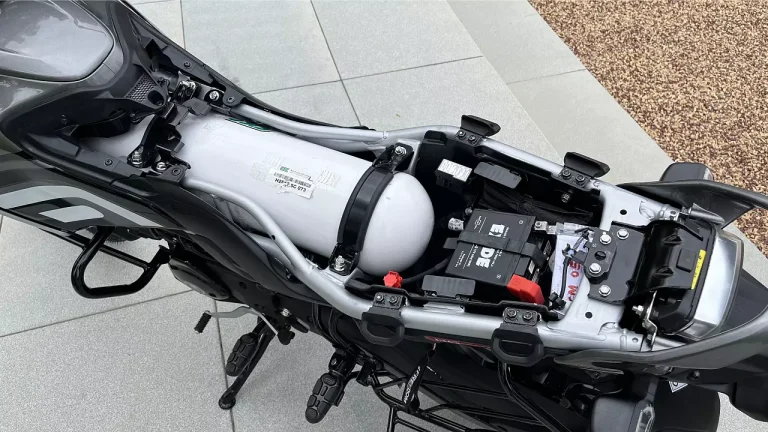U.S. Insurance Industry Adapts to Climate Risks, AI Integration, and Rising Costs
October 10, 2025 | New York, NY — The U.S. insurance industry is undergoing major changes in 2025 as companies respond to rising climate-related losses, economic volatility, and increased demand for digital services. From property and casualty to health and life insurance, insurers are reassessing risk models, updating pricing strategies, and integrating artificial intelligence (AI) to remain competitive and profitable.
According to a recent report from the American Insurance Association, total insurance premiums in the U.S. rose by 6.4% in the first half of 2025, driven by inflation, increased claims costs, and growing demand for customized coverage options. However, profit margins have narrowed in many segments due to rising claims and regulatory pressure.
Climate Change and Catastrophe Losses
One of the most pressing challenges facing the industry is the increasing frequency and severity of natural disasters. Wildfires in California, hurricanes in the Southeast, and flooding in the Midwest have caused billions in insured losses in 2025 alone. As a result, property insurance premiums have surged in high-risk areas, and some insurers have withdrawn from specific ZIP codes altogether.
“Climate change is not just an environmental issue — it’s an insurance crisis,” said Erica Lin, senior risk analyst at GreenBridge Re. “Insurers are struggling to price risk accurately in areas where weather patterns are no longer predictable.”
Homeowners in several states, including Florida, Louisiana, and parts of California, are now turning to state-backed insurance programs after private insurers pulled out of markets deemed too risky.
Health and Life Insurance Trends
The health insurance sector remains stable but continues to face rising costs due to expensive medical procedures and prescription drug prices. Premiums for employer-sponsored health plans have increased by an average of 5.8% in 2025, according to the Kaiser Family Foundation.
Meanwhile, life insurance demand has remained steady, especially for digital-first policies that offer quicker approval processes and flexible coverage options. Insurtech startups have expanded their presence, using algorithms and real-time data to offer personalized pricing and improve customer experience.
“Consumers expect insurance to be as seamless as any other digital service,” said Michael Dunn, CEO of ClearCover, a digital insurance provider. “That’s pushing legacy insurers to modernize faster than ever.”
AI and Automation Reshape Operations
The adoption of artificial intelligence is transforming the way insurance companies process claims, assess risk, and interact with customers. Automated claims processing, fraud detection algorithms, and AI-powered chatbots are now standard tools across the industry.
While these innovations improve efficiency and reduce administrative costs, they also raise ethical and regulatory questions. The National Association of Insurance Commissioners (NAIC) has proposed new guidelines to ensure transparency and fairness in AI-driven underwriting.
Looking Ahead
As the industry prepares for 2026, experts predict further consolidation, innovation, and regulatory oversight. Companies that invest in technology, diversify their portfolios, and prioritize climate resilience are expected to outperform their peers.
“Insurance is entering a new era,” said Lin. “The winners will be those who can adapt quickly to both technological change and real-world risk.”
Let me know if you’d like the article focused on one specific segment, like auto, health, or home insurance.





